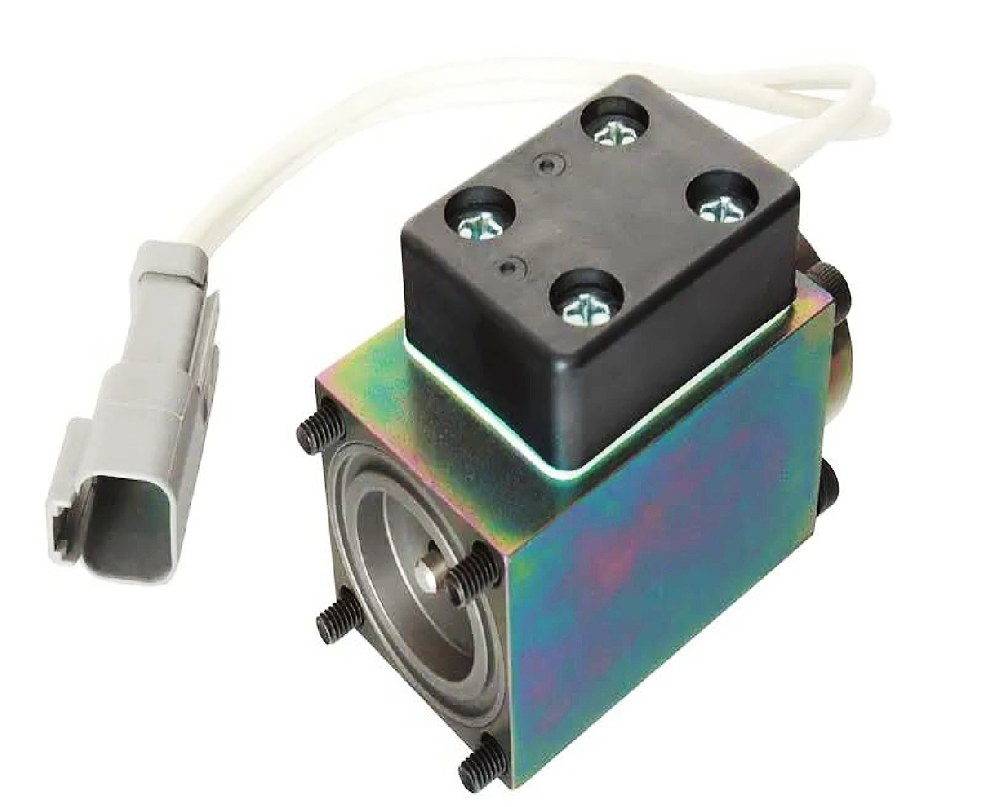Electromagnets are important devices that help convert electrical energy into mechanical energy.
Understanding how to identify and address potential problems that can occur with electromagnets
can help ensure proper repairs are made and prevent larger machine problems.


The following electromagnet troubleshooting checklist Outlines some of the key failures that can occur with electromagnets.
Problem 1: Overheating
When the electromagnet is first energized, its coil receives a pulse of high surge current, which decreases as the plunger is turned off.
If the plunger is not closed, a high surge current will persist, which can cause the coil to overheat and burn out. This is the most common
cause of electromagnet failure and is easy to spot.
Problem 2: High voltage
In rare cases, the solenoid will burn due to overpressure. Because the electromagnet has extra force, the plunger is easy to close,
but the high voltage can cause the holding current to be too large, allowing the coil to gradually overheat and burn the insulation on
the electromagnetic line.
Problem 3: Short circuit
Another possible cause of the electromagnet burning out is a short circuit. Water-based coolants usually carry fine metal particles.
Accidental splashing or soaking at the coil lead connection may cause a short circuit.
Problem 4: Damage
Finally, the electromagnet may hammer itself to pieces - as evidenced by mechanical damage and breakage.
Excessive force may be caused by overvoltage or reduced load on the electromagnet.